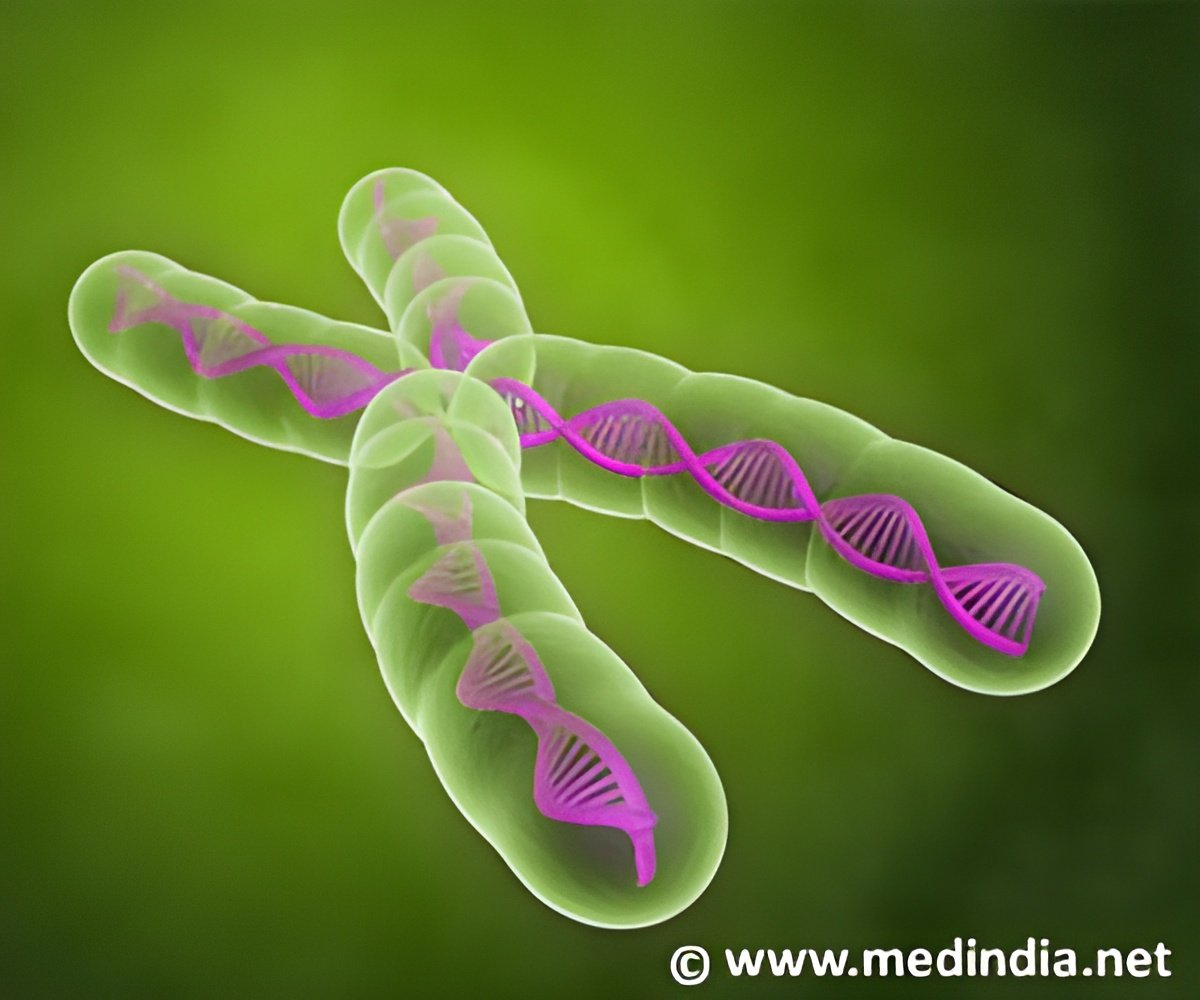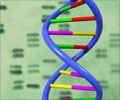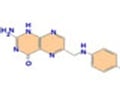Scientists present the first evidence that DNA scaffolding is responsible for enhancing and repressing gene expression.

"For the first time, we see that the structure of the chromosomes contributes to gene control," says Whitehead Member Richard Young, who is also a professor of biology at MIT. "In the past, there have been all kinds of ideas around how the structure might affect gene control, but now one has been experimentally tested and shown to be true."
DNA scaffolding has a hierarchy that ranges from beads-on-a-string, where a strand of DNA is wrapped around histone proteins to form a nucleosome, to topological associating domains akin to DNA balls containing multiple DNA loops interacting with various regulatory elements, to highly condensed chromosomes.
Working in mouse embryonic stem cells (ESCs), the Young lab examined the scaffolding landscape found within topologically associated domains. The researchers knew that proteins called Cohesin and CTCF are bound to the DNA around important ESC genes, but they did not know how these proteins affect the DNA's three-dimensional organization. Using a technique known as ChIA-PET, the researchers focused on how these proteins interact.
"By knowing which of the Cohesin/CTCF bound sites are coming together in physical proximity, we started to go from a linear view of the genome to sets of looping interactions, which led us to these domains, these super enhancer domains, where gene expression enhancement is contained within the loop," says Jill Dowen, a postdoctoral researcher in Young's lab.
Dowen and coauthors Zi Peng Fan, Denes Hnisz, and Gang Ren describe the structure of these loops in the latest online edition of the journal Cell.
Advertisement
Interestingly, when mouse neural precursor cells were examined for similar Cohesin/CTCF-bound loops, not only did the cells have such loops, but they were in similar locations as in the ESC genome. Of course, the repression or enhancement role of the loops differed between ESCs and the more differentiated cells. This indicates that the loops may remain constant during a cell's differentiation, although they may switch their contents, and therefore their effect on gene expression.
Advertisement
"I think we've filled in a major gap in the understanding of how gene expression is linked to the local organization of chromosomes," says Hnisz. "It will be exciting to explore whether defects in these mechanisms might even contribute to human disease."
Source-Eurekalert









